Photo
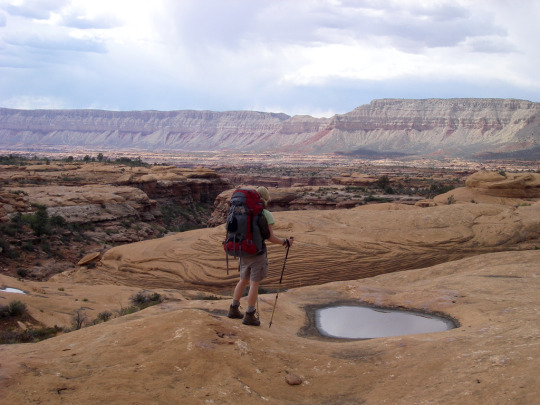
“Now more than ever do I realize that I will never be content with a sedentary life, that I will always be haunted by thoughts of a sun-drenched elsewhere.”
― Isabelle Eberhardt, The Nomad: The Diaries of Isabelle Eberhardt
Photo by Al_HikesAZ - http://bit.ly/XF2vUL
0 notes
Quote
The farther backward you can look, the farther forward you are likely to see.
Winston Churchill
0 notes
Photo

Humayun's tomb under dark clouds. Now you can buy our Humayun's tomb Pictoguides right outside the monument at the ASI counters. Buy them and Bring History to Life!
Photo by Panoromio under Creative Commons (http://creativecommons.org/licenses/by-nd/2.0/)
0 notes
Photo

“Not all those who wander are lost.”
― J.R.R. Tolkien, The Lord of the Rings
Photo Claudio Vaccaro under Creative Commons (http://creativecommons.org/licenses/by-nc-nd/2.0/)
2 notes
·
View notes
Photo
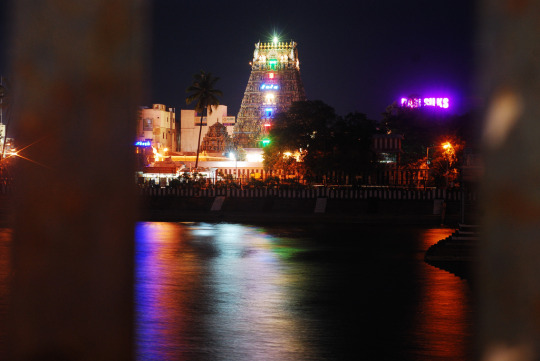
The Kapaleeshwarar Temple in Mylapore, Chennai. Believed to have been built by the Pallavas in the 7th century AD, historical sources (ancient Tamil songs, hymns & poems) place it at the seashore, though it is 1-1.5 km from the shore. It is thought that the temple was originally at the location of the Basilica of San Thome until the Portuguese demolished it to build the basilica over the place where the remains of St.Thomas are believed to have been interred. The temple was rebuilt in the 16th century at the height of Vijaynagar power. The present gopuram was built in 1903.
Photo by Chandrachoodan Gopalakrishnan under Creative Commons (http://creativecommons.org/licenses/by-nc-sa/2.0/)
0 notes
Photo
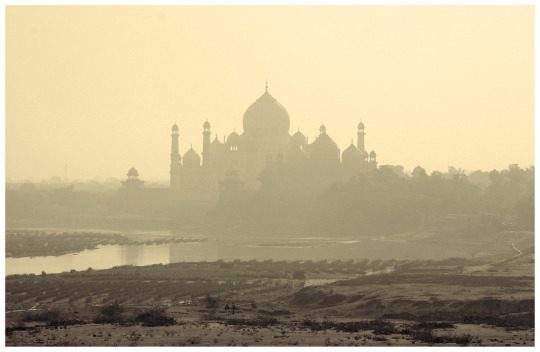
Emperor Shahjahan, this you well knew
Time sweeps away youth, riches, life itself from view.
And yet didn''t you want to render visible
The grief that consumed your heart and soul?
Like a clap of thunder, the might of empire
Fades into the evening sky''s crimson attire.
Nevertheless, you fervently wished to see
Your sigh rending the sky eternally!
Diamonds, rubies, and pearls, things incandescent
Are all like rainbows - illusions though resplendent,
Destined in the end to disappear.
And yet you wanted to allow one teardrop to fall
And adorn Time''s cheek - white, gleaming Tajmahal!
O human heart,
Again and again you depart
Without looking back at anyone,
Since there is never any time
Never, never!
Swept away by life''s strongly flowing river
In this world you float from port to port -
Loading cargo in one wharf only to unload it at another!
The moment the murmuring of the south wind
Mesmerizes madhabi creepers in your garden
Blossoming its border,
Dusk sets in, scattering petals in the dust.
But because there is no time;
In the dew-dropping night
You dress up your garden again
With new jasmine
In late autumn''s tear-filled loveliness!
O human heart
All that you saved with your art
Has to be thrown away
At the end of night or day
To the edge of a pathway
Since there is never any time
Never, never!
O Mighty Emperor, that''s why your anxious heart
Wanted to abduct time''s heart
By seducing it with a thing of beauty.
You welcomed it with a wonderful garland
Woven from formless death''s immortal garment.
But because grief doesn''t last forever
And one can''t bewail one''s misfortune year after year.
Your restless tears
Wove an everlasting net of eloquent silence.
You left behind here
The name you would whisper in your beloved''s ear
Slowly, softly
In a secret temple in a moonlit night
So that it will sound eternally
And love''s delicate moan
Find expression in serene stone.
O Poet-Emperor
This is the image of your heart
Your equivalent of Kalidas''s Meghadootam
Superb, stunning In rhythm and tone
Reaching heaven
Where your beloved remains
Mingled with dawn''s first light
And weary dusk''s sorrow-filled breath.
And the impalpable beauty of chameli flowers in moonlight -
From the margins of words once spoken
Thresholds from which ardent eyes return
Again and again.
Your loveliness will be proclaimed everlastingly
By an envoy who eludes time''s warden
And who conveys this message wordlessly: ‘Dearest, I haven''t forgotten, haven''t forgotten!''
With your departure, O Emperor,
Your empire, like dreams, disappeared,
Your throne lay shattered,
Your armies, which had once made earth tremble,
Became as intangible as Delhi road dust.
Prisoners no longer sang your praises,
Musicians no longer strummed tunes
That mingled with Jamuna''s waves
Anklets of dancing beauties no longer tinkled in your palaces.
Dying crickets made the night sky moan.
But your envoy stayed unstained and unwearied,
Slighting the rise and fall of empires
Slighting the seesaw of life and death
Uttering through the ages the one refrain ‘Dearest, I haven''t forgotten, haven''t forgotten!''
But that''s a lie - who says you haven''t forgotten?
Who says you didn''t keep the lid of memory''s cage open?
Has your heart been able to confine
The ever-receding darkness of the past?
Hasn''t it managed by now to break away,
Moving across oblivion''s freeway?
Tombs stay solemn forever
The world''s dust set in Shrouding death in memory''s casing.
But who can keep life from moving on?
Each star of the sky keeps calling,
Sending invitations everywhere
In the light of breaking day.
Crossing the barriers of memory In the paths of the world
Freely it speeds away, Emperor, no empire could ever contain you
O Mighty One, not even earth
Nourished though it is endlessly by oceans,
Could cover you up
And so when life''s festival concluded
You abandoned earth as if it was a mere pot of clay!
Because you are mightier than your fame
Your soul journeys on again and again
Leaving behind the deeds that made your name
And so your remnants remain
Though you are gone.
The love that knows not how to go on
The love that blocks its path with its throne
For all its extravagant address
Would no more stick to your dress
Than would dust on a pathway
And you would let it end up as dust.
And thus you let it spread behind you
And let grief''s seed sprout skyward
Singing solemnly - ‘As far as I can see
That traveller is gone His beloved couldn''t hold him back
His empire has let him go
Neither mountains nor oceans barred his way.
And to this day his chariot speeds on.
At night''s invitation and the music of the stars
Towards the portals of dawn.
And with the weight of memory
I lie So that unburdened he can fly.''
- Rabindranath Tagore
0 notes
Photo
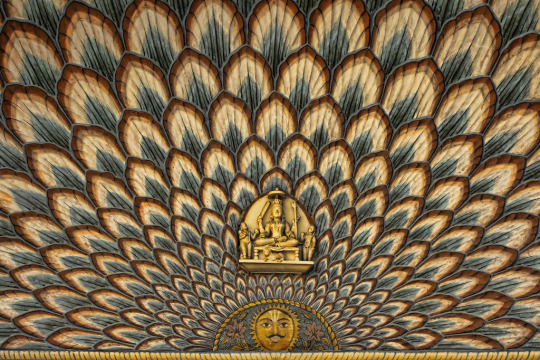
Part of the City Palace in Jaipur, Rajasthan. Find out more about this exquisite structure here -
http://www.goplaces.in/destinations/attractions/?act=viewDetails&atid=35#countryid_1
Photo by Dixie Lawrence under Creative Commons (http://creativecommons.org/licenses/by-nc-nd/2.0/)
0 notes
Photo

Hemakuta Hill, the loftiest of the hills around Hampi and the best place to see all the ruins of the lost city of Vijaynagar, the true extent of this medieval megalopolis, just as the sun rises or sets.
Photo by Rahul R under Creative Commons (http://creativecommons.org/licenses/by-nc-nd/2.0/)
0 notes
Photo

The facade of the Birla Mandir in Jaipur, Rajasthan. Find out more about this magnificent structure here - http://www.goplaces.in/destinations/attractions/?act=viewDetails&atid=32#countryid_1
Photo by Justin Gaurav Murgai under Creative Commons (http://creativecommons.org/licenses/by-nc-nd/2.0/)
0 notes
Photo
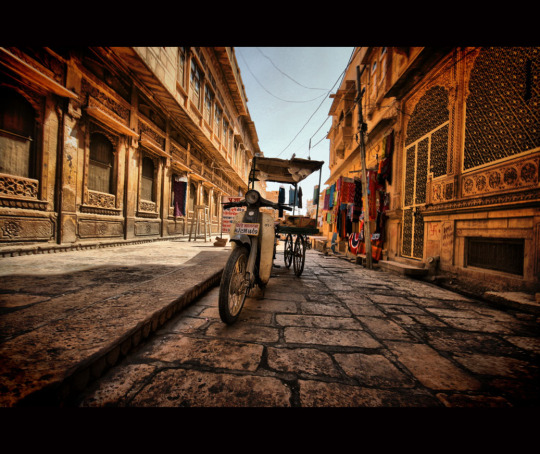
Where the Streets have no name, in Jaisalmer, Rajasthan.
Photo by Shubham under Creative Commons (http://creativecommons.org/licenses/by/2.0/)
1 note
·
View note
Photo
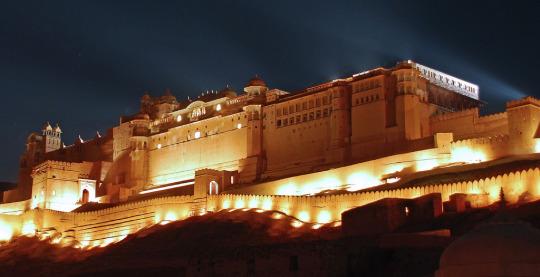
The Amber fort in Jaipur, completely lit up! Find out more about this majestic structure here - http://www.goplaces.in/destinations/attractions/?act=viewDetails&atid=31#countryid_1
Photo by Rajesh under Creative Commons (http://creativecommons.org/licenses/by-nc-sa/2.0/)
0 notes
Photo
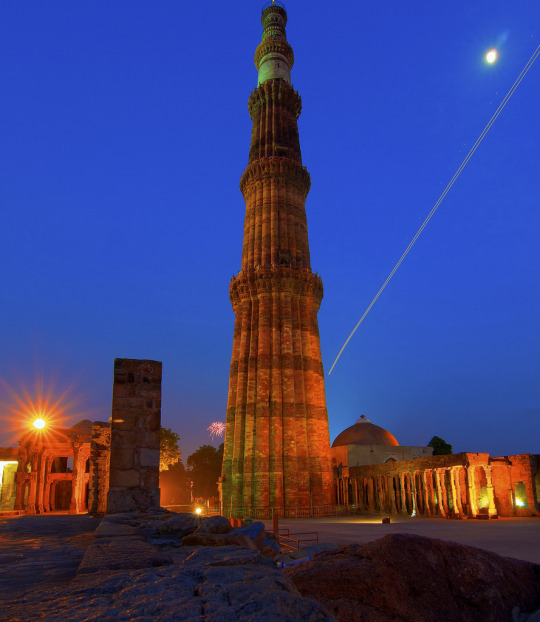
Have you used our Qutb Minar guides yet? Click here to download the Go!Places Qutb Complex iPhone app for just 1.99$ (http://www.goplaces.in/apps/) and go back to the time of the Islamic onset in India eight hundred years ago. Photo by Mohammad Usaid Abbasi under Creative Commons (http://creativecommons.org/licenses/by-nc-sa/2.0/)
2 notes
·
View notes
Photo
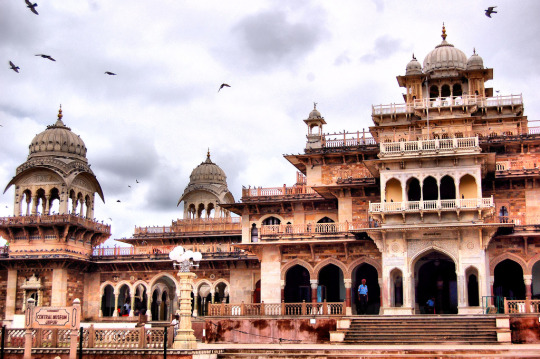
The Albert-Hall Museum in Jaipur, Rajasthan. Find out more about it here - http://www.goplaces.in/destinations/attractions/?act=viewDetails&atid=30#countryid_1
Photo by Justin Gaurav Murgai under Creative Commons (http://creativecommons.org/licenses/by-nc-nd/2.0/)
3 notes
·
View notes
Photo
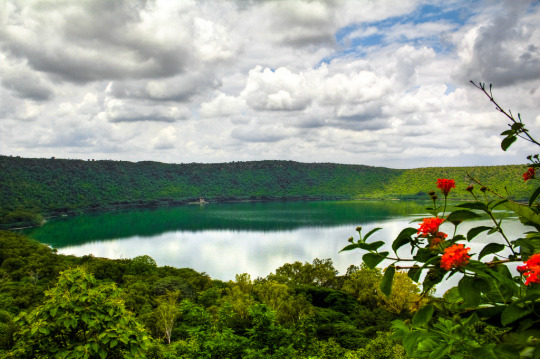
The Lonar lake in the Buldhana district of Maharashtra. The lake exists on a crater about 1.8 km in diameter formed from a meteor strike over 500,000 years ago. It is a saline lake at the very centre of the crater, about 137 metres below the rim of the crater. Many ancient Hindu temples have been unearthed on its shores.
Photo by Akshay Charegaonkar under Creative Commons (http://creativecommons.org/licenses/by-nc-sa/2.0/)
1 note
·
View note
Photo
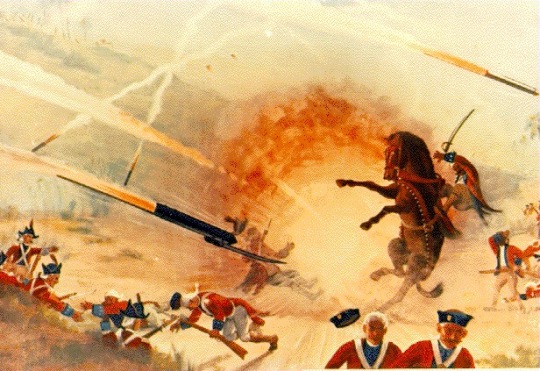
The 18th century rockets that Tipu Sultan and Hyder Ali used against the British were clinical in their purpose and instrumental in any future development of rocketry. Join us as Go!Places investigates how they acquired such an effectiveness and how they served as a decisive link in the history of rocketry! - http://www.goplaces.in/blog/tipu-sultans-diabolical-engines-of-destruction/
In the picture, a 1939 painting of Charles Hubbel depicting the rocket strikes that the armies of Mysore used against the British in the Battle of Pollilur in 1780.
3 notes
·
View notes
Photo

The very seat of power in India, the Secretariat Buildings (North & South Blocks) on Raisina Hill, New Delhi. Far away, you can see the dome of the Rastrapathi Bhavan.
Sourcing from wikipedia, the planning of New Delhi began in earnest after Delhi was made capital of India in 1911. Lutyens was assigned responsibility for town planning and the construction of Viceroy's House (now Rashtrapati Bhavan); Herbert Baker, who had practised in South Africa for two decades, 1892–1912, joined in as the second in command. Baker took on the design of the next important building, the Secretariat, which was the only building other than the Viceroy's house to stand on Raisina Hill. As the work progressed relations between Lutyens and Baker deteriorated; the hill placed by Baker in front of Viceroy's House largely obscured Viceroy's House from view on the Rajpath from India Gate, in breach of Lutyens' intentions; instead, only the top of the dome of Viceroy's House is visible from far away. To avoid this, Lutyens wanted the Secretariat to be of lower height than Viceroy House, but Baker wanted it of the same height, and in the end it was Baker's intentions that were fulfilled.
Photo by Saad Akhtar under Creative Commons (http://creativecommons.org/licenses/by-nc-nd/2.0/)
#New Delhi#delhi#rashtrapathi bhavan#viceroy house#north & south blocks#cabinet secretariat#lutyens#baker
2 notes
·
View notes
Photo
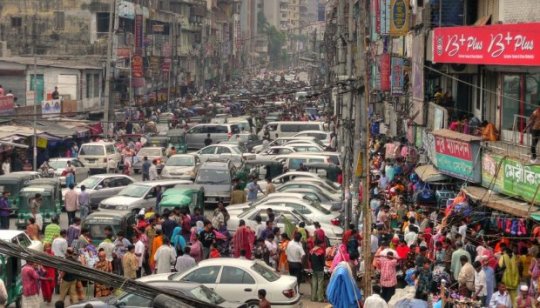
“India is not, as people keep calling it, an underdeveloped country, but rather, in the context of its history and cultural heritage, a highly developed one in an advanced state of decay.” - Shashi Tharoor
Thoughts?
Photo by joiseyshowaa under Creative Commons (http://creativecommons.org/licenses/by-sa/2.0/)
6 notes
·
View notes